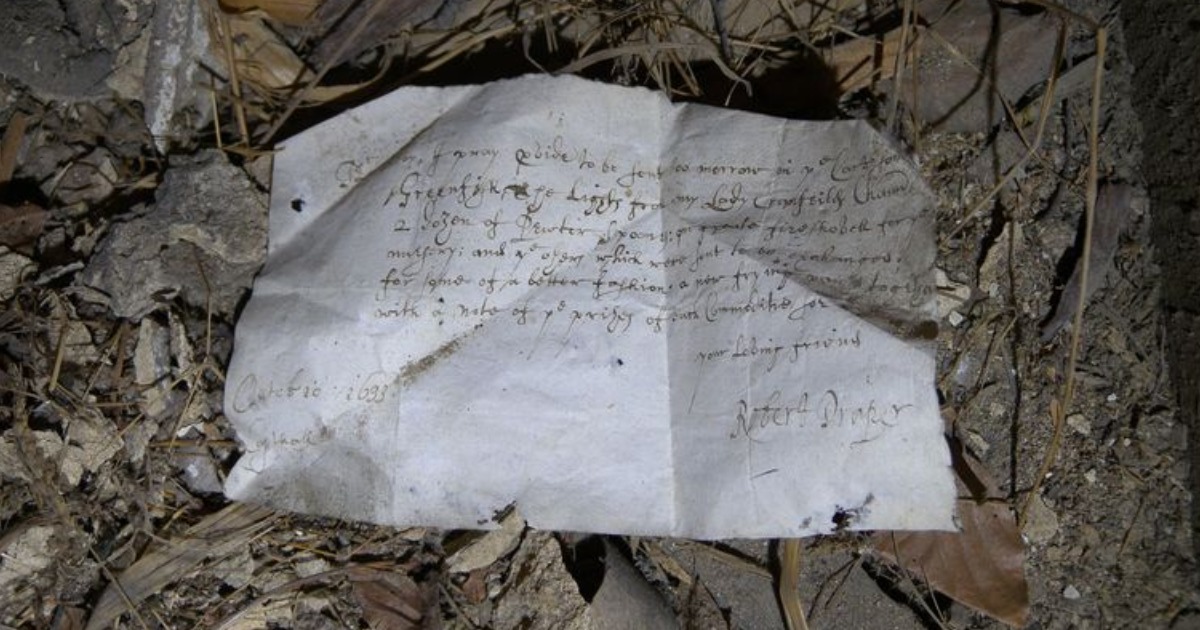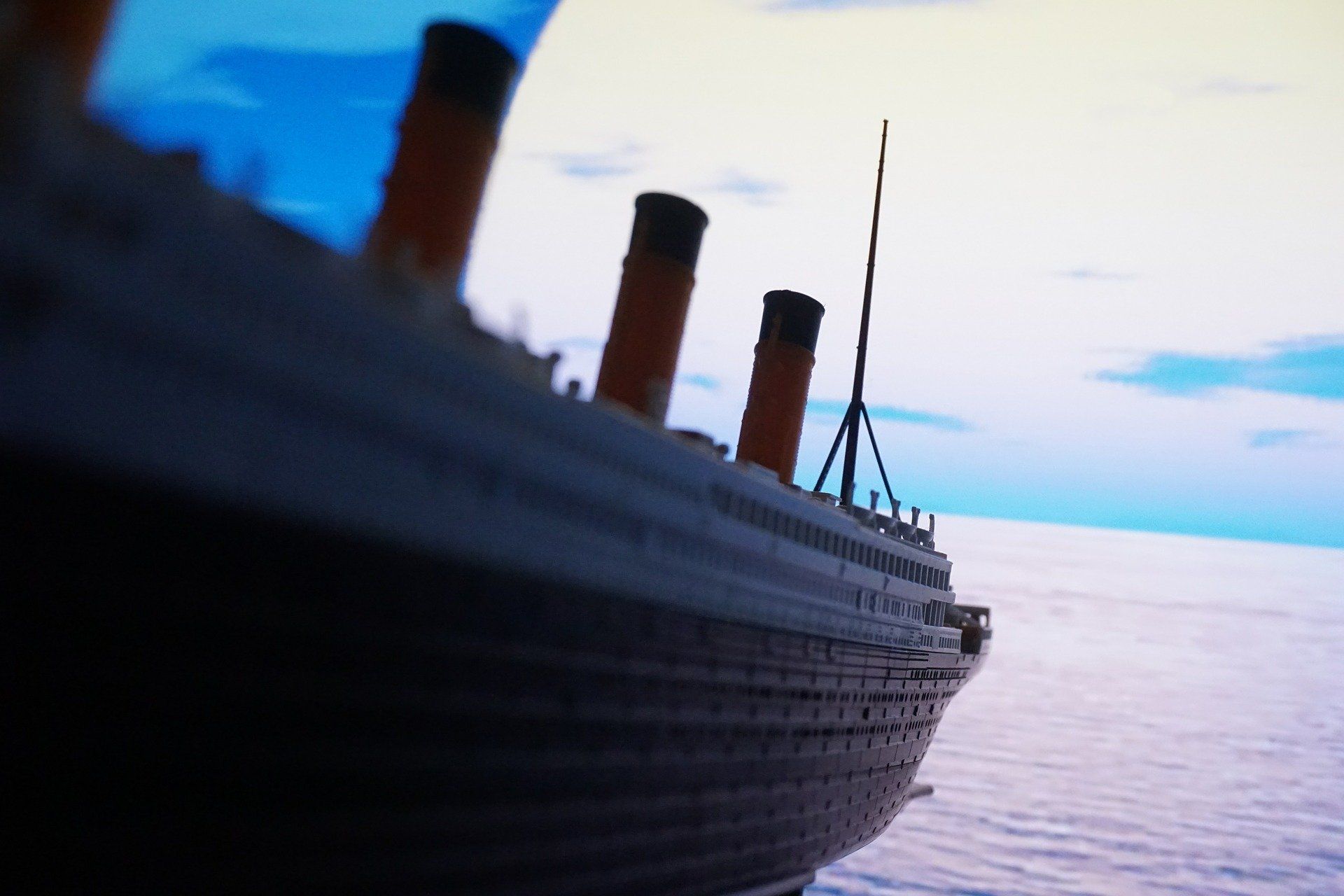Can you imagine being a historian or archaeologist and exploring an old artifact to find some hidden treasure? This happened recently when archaeologists were restoring an old 17th century home in Kent, England. The team was taking up the floorboards when they discovered what appeared to be a concealed letter. As they carefully took it out of its 400-year resting place they must have been wondering with uncontrollable excitement what they had found. Was it a treasure map? A secret note to a forbidden lover? The details of a secret plan? Or just a shopping list?
It turned out that it was the latter. While a treasure map must be every archaeologist’s dream (as they surely chose to become an archaeologist after watching movies like Indiana Jones) it turns out that a shopping list still caused a lot of excitement. After all what could be on a shopping list from 400 years ago? Did they ask for a few snickers and a can of coke?
Looking at the images of the letter both the writing style and words used do send shivers through your body. It is clearly from a different time, one that we have often recreated in movies but now see in true reality. The letter starts with “Mr Bilby, I pray pvide to be sent too morrow in ye Cart some Greenfish” Already it sounds like something that would be uttered in Pride and Prejudice (which is set in the early 1800s). These opening words which sound so fancy, so smart, so sophisticated are essentially asking someone to pick up some fish.
The letter then goes on to say “The Lights from my Lady Cranfeild[es] Cham[ber] 2 dozen of Pewter spoon[es]: one greate fireshovell for ye nursery”. It took time for the archaeologists to decipher what this sentence meant exactly but it turns out that this was not exactly a shopping list but a moving list. The man in question Robert Draper had moved house and was sending Mr. Bilby to buy some items but also to retrieve some things from the old house. Here he is asking for lightbulbs, spoons, and a shovel. If you are wondering if they had fires in nurseries back in the 1700s (we were) then you are misunderstanding the last part of this message. The nursery referred to is likely the garden and Mr. Bilby may in fact be a gardener or handyman for the estate.
The letter wraps up with the final part stating “and ye o[t]hers which were sent to be exchanged for some of a better fashion, a new frying pan together with a note of ye prises of such Commoditie for ye rest. Your loving friend Robert Draper Octobre 1633 Copthall”. Here Robert Draper is saying that he wants Mr. Bilby to replace some of the things that were getting old, including a new frying pan as well as some things for Mr. Bilby’s own quarters that he needs. Robbery Draper signs the letter and marks the date, October 1633.
It is incredible to think such a simple note has survived so long. When I consider the silly things that I have written in the last twenty years I can’t imagine what archaeologists would think if they found it. Luckily what I write usually doesn’t last a day nevermind 400 years. The paper used back in 1633 by the wealthy was closer to a fabric material and explains how it was kept in such good quality. As for why it was buried under the floorboards it appears that was just chance. Experts guess that it likely slipped between the boards and has long been forgotten.




